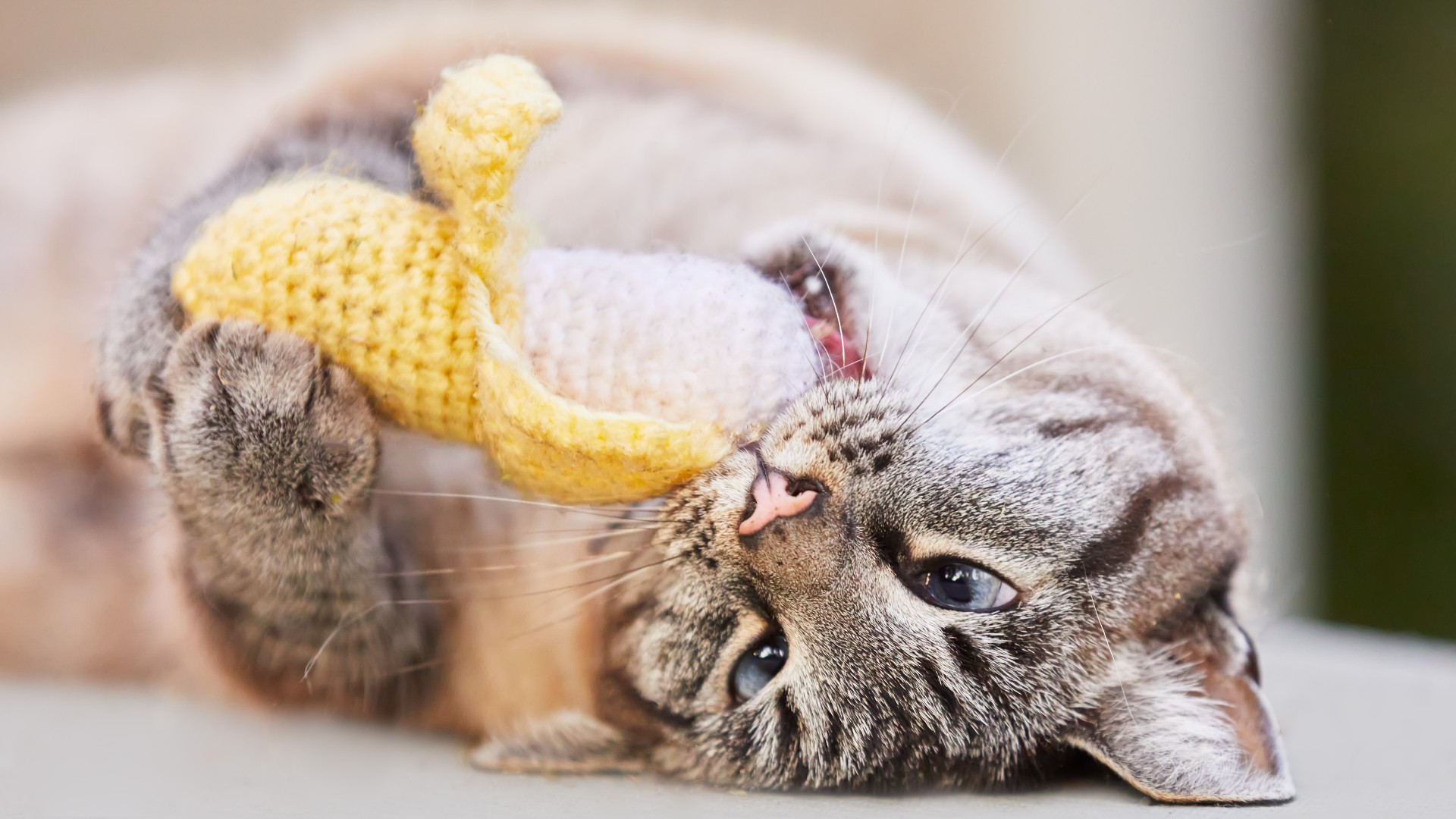
Let’s face it — growing old is no walk in the park. And just like it can be tough for us humans to find ourselves unable to do some of the things we used to enjoy, the ageing process can also be challenging for our beloved fur friends.
Whether you’ve started to notice some signs your dog is getting old and you’re wondering how you can help them or it’s your feline friend that’s entering their senior years, vet technician Tabitha Kucera says there’s plenty we can do to ensure our pets stay happy and healthy well into old age.
“As we age, we change our environment to adapt to our needs and we should for our cat(s) and dog(s) too!,” explains Kucera. To help you do just that, she’s shared a handy post to Instagram outlining seven of her top tips to ensure your pet can experience as much comfort as possible as they age. Let’s take a look…
1. Bi-annual vet visits: “Early detection and intervention allows your veterinary team to treat a disease in the beginning stages, and then manage the condition with medication or simple lifestyle changes,” says Kucera. For more on this, check out ‘my dog hated going to the vet until I tried these tips’ for ways you can make a trip to the vet easier for your pet.
2. Provide various outlets for enrichment: “We have all heard the saying, use it or lose it, this applies to pets as well,” explains Kucera. “Keeping your pets enriched in the form of exercise, new and interactive toys, and learning new things can lead to increased mental stimulation and an increase in cognitive function.” For inspiration, our guides to the best interactive cat toys and the best dog toys have got you covered.
3. Provide elevated feeders and water: If you’re asking the question ‘should I elevate my cat’s food bowl?’, Kucera says it’s a great option for both our feline friends and our canine companions once they’ve reached their senior years. “This eliminates the need to lift the head while eating or drinking,” she explains and it also creates a more natural eating position that aids digestion.
4. All resources should be easily accessible: “Your senior pet should not have to walk up and down a flight of stairs to have access to water, food, perches, and/or litter boxes for example.”
5. Make sure surfaces are non-slip and set up ramps: “Setting up a ramp or series of steps that they can use can help them to get up on higher surfaces more easily,” Kucera advises. “Think about your pet(s) favorite resting areas (ie window sills, couch, bed) and make those areas more accessible with steps/ramps. Provide non slip surfaces in areas your pet commonly walks/stands & use strategically placed rugs and runners.”
6. Provide litter boxes that are large enough for your cat and have a low entrance: This will make getting in and out of their box easier and more comfortable, ensuring they continue to use it.
7: Ensure there’s plenty of structure, stability, and routine: “Do your best to maintain a consistent schedule and routine. Introducing changes to your pets’s schedule and environment, changes should be made gradually at a pace your pet is comfortable with,” stresses Kucera.
While there’s nothing we can do to prevent our pets from growing older, Kucera’s post highlights how much is within our control when it comes to ensuring that our fur friends continue to experience a high level of health and wellbeing as they age.
For more great tips to help your older fur friend thrive, check out our guides to what's the best dog food for senior dogs and how to play with a cat.







